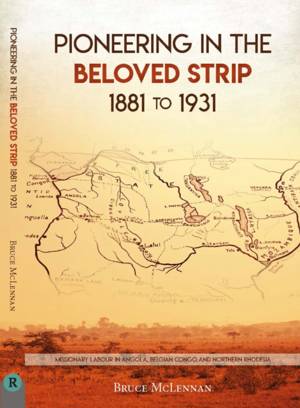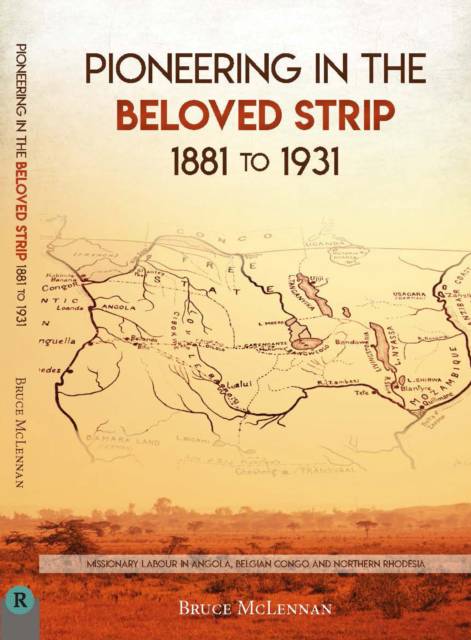
- Afhalen na 1 uur in een winkel met voorraad
- Gratis thuislevering in België vanaf € 30
- Ruim aanbod met 7 miljoen producten
- Afhalen na 1 uur in een winkel met voorraad
- Gratis thuislevering in België vanaf € 30
- Ruim aanbod met 7 miljoen producten
Zoeken
Omschrijving
In May 1931, 100 people, of whom 70 were missionaries serving in Angola, Belgian Congo and Northern Rhodesia, met at Muchacha in the Congo, to give thanks for 50 years of pioneering work, and survey the progress made, in what came to be known as 'The Beloved Strip.' Within these years, beginning with the going out of F. S. Arnot in 1881, a total of 283 men and women served there, coming initially from Britain, but increasingly over the years from Europe, North America, and Australia and New Zealand. Some served for a short period of time, but all were utterly convinced they should be there. These were years of great change and uncertainty, as the 'Scramble for Africa' took place, and tribal chiefs, some opposed to the Gospel, still held sway in the early years. The background against which missionaries laboured is considered: deep-seated native beliefs and customs; the evil influence of the white traders; the 'open sore of Africa', i.e. slavery; the dangers of wild life. After surveying the development of missionary stations, several 'issues' are considered: when a local church can be considered indigenous and autonomous; the valuable contribution of native African Christians as an essential part of the picture; how valuable and necessary medical and school work is; what is the value of women on the mission field? Later chapters consider visitors' impressions of the work and years of blessing and growth.
Specificaties
Betrokkenen
- Auteur(s):
- Uitgeverij:
Inhoud
- Aantal bladzijden:
- 250
- Taal:
- Engels
Eigenschappen
- Productcode (EAN):
- 9781912522651
- Verschijningsdatum:
- 4/11/2019
- Uitvoering:
- Paperback
- Formaat:
- Trade paperback (VS)
- Afmetingen:
- 135 mm x 198 mm
- Gewicht:
- 362 g

Alleen bij Standaard Boekhandel
+ 25 punten op je klantenkaart van Standaard Boekhandel
Beoordelingen
We publiceren alleen reviews die voldoen aan de voorwaarden voor reviews. Bekijk onze voorwaarden voor reviews.











